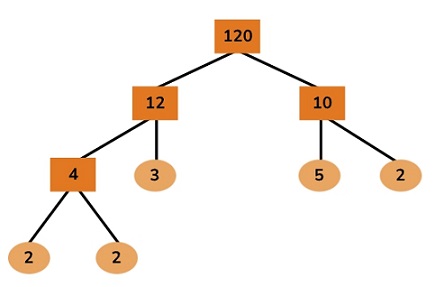
GRE Prep Club Daily Prep
Thank you for using the timer - this advanced tool can estimate your performance and suggest more practice questions. We have subscribed you to Daily Prep Questions via email.
Customized
for You
Track
Your Progress
Practice
Pays
Not interested in getting valuable practice questions and articles delivered to your email? No problem, unsubscribe here.
GRE INTEGERS
[#permalink]
 12 Dec 2021, 13:13
12 Dec 2021, 13:13
1
Expert Reply
GRE Integers - part of the Skill Builder Project
Positive & negative Numbers - [1] [2] [3] [4] [5] [6]
Even/Odd Numbers - [1] [2] [3] [4] [5] [6] [7]
Factorization of Integers - [1] [2] [3] [4] [5] [6] [7]
Fractions - [1] [2] [3] [4] [5] [6] [7]
Min/Max - [1] [2] [3] [4] [5] [6]
Unit Digits of Numbers - [1] [2] [3] [4] [5] [6]
Practice Questions - [1] [2] [3] [4] [5] [6] [7] [8] [9] [10] [11]
Tips


- Factors of numbers are ones that can evenly divide the number without remainders.
- Prime numbers are numbers only divisible by 1 and themselves such as 2, 3, 5, 7, 11, 13, 17, 19, 23......
- Doing the process of comparing fractions, find the (L.C.D.) of all the denominators of the fractions.
- Finding the Min/Max investigate the quantities via trial and error technique, using different numbers. Create a chart if this is the best way for you to keep order of all the calculation you are performing.
Show: ::
Attachment:
Odd_Even.png [ 6.68 KiB | Viewed 5140 times ]
Attachment:
GRE factor tree.jpg [ 16.24 KiB | Viewed 4495 times ]
Attachment:
GRE Number Theory.jpg [ 23.26 KiB | Viewed 3007 times ]

gmatclubot
GRE INTEGERS [#permalink]
12 Dec 2021, 13:13
Moderators:
|
|
||
